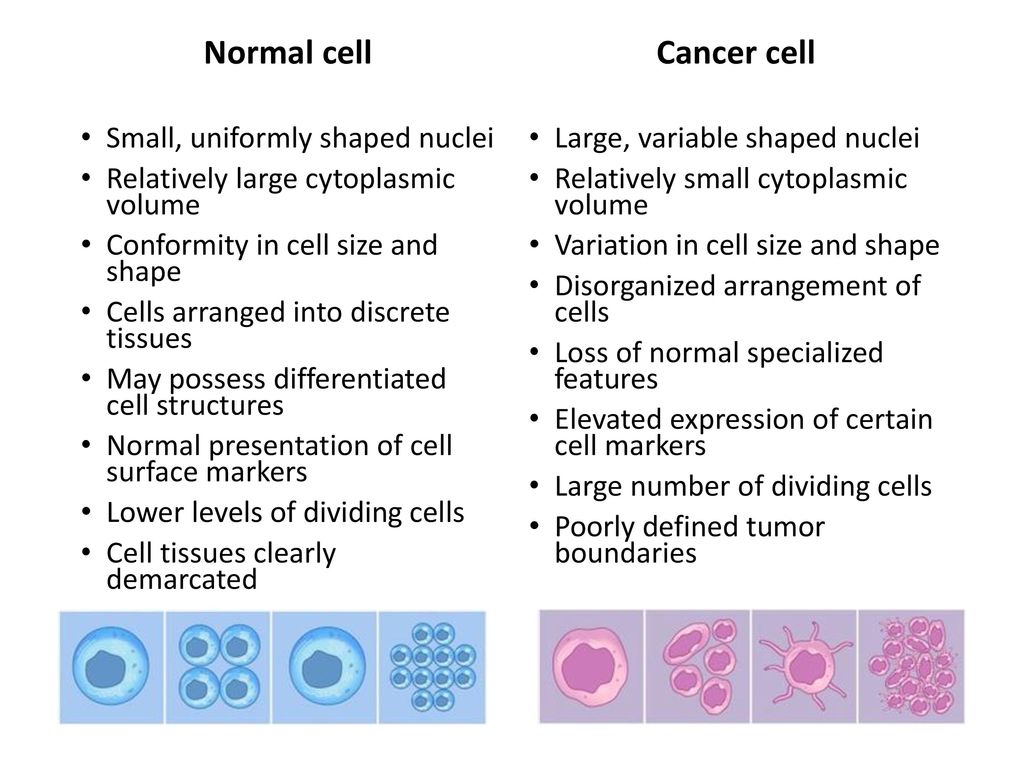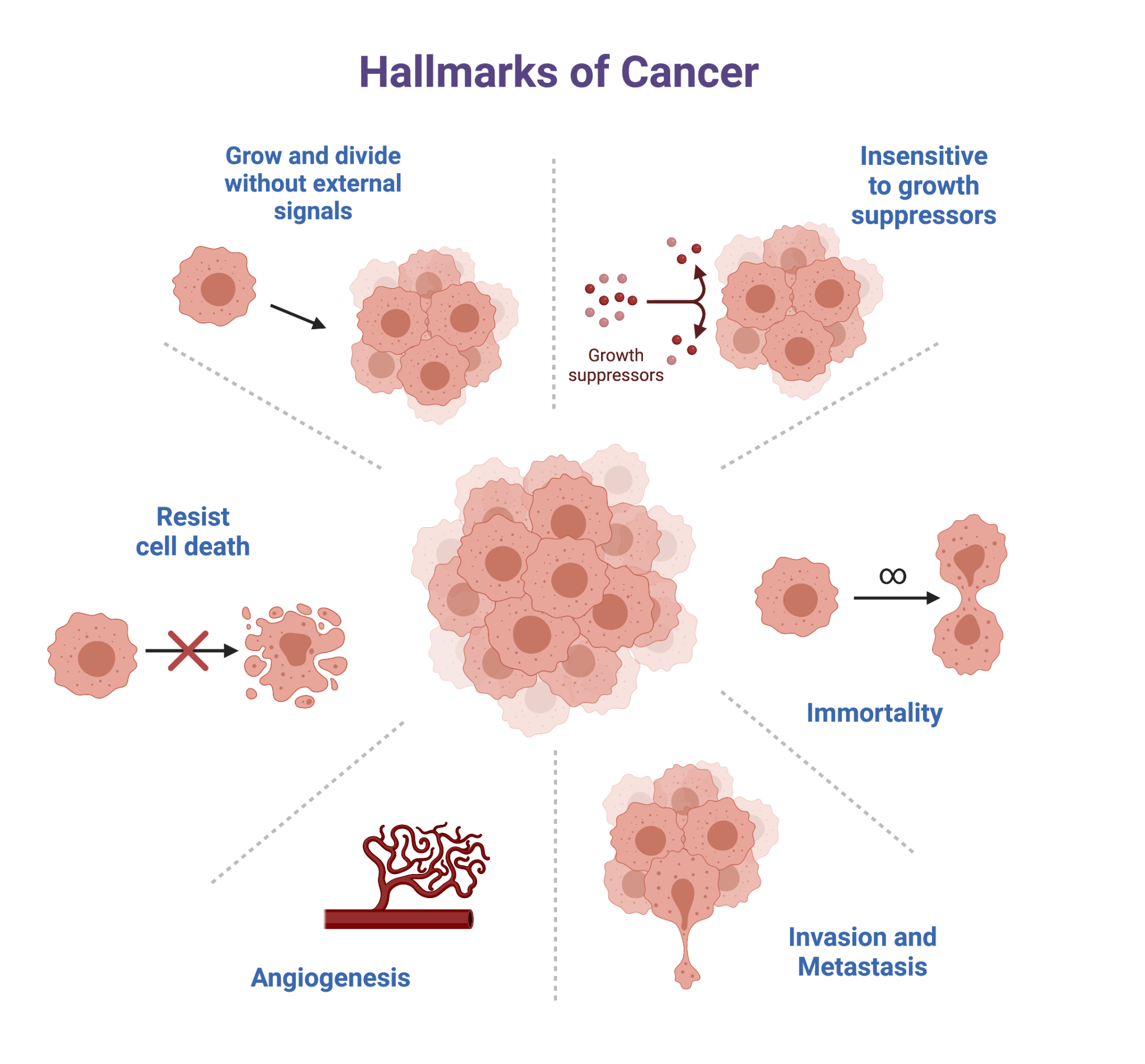Which Of The Following Are Characteristics Of Cancer Cells

Cancer, a word that strikes fear into the hearts of millions, remains a leading cause of death worldwide. Understanding the fundamental characteristics that differentiate cancerous cells from their healthy counterparts is crucial for developing effective prevention strategies, early detection methods, and targeted therapies. This knowledge is the bedrock upon which progress in cancer research and treatment is built.
This article will delve into the defining features of cancer cells, drawing upon established scientific literature and the expertise of leading cancer research organizations like the National Cancer Institute (NCI) and the American Cancer Society (ACS). We will explore the key hallmarks of cancer, highlighting the specific cellular and molecular alterations that drive uncontrolled growth, invasion, and metastasis.
Uncontrolled Proliferation: Ignoring the Rules
One of the most defining characteristics of cancer cells is their ability to proliferate uncontrollably. Healthy cells respond to internal and external signals that regulate their growth and division. Cancer cells, however, bypass these regulatory mechanisms.
They often exhibit mutations in genes that control the cell cycle, leading to accelerated division and a lack of response to growth-inhibitory signals. This unchecked proliferation results in the formation of tumors.
Evading Growth Suppressors: Disabling the Brakes
Normal cells have built-in mechanisms to prevent uncontrolled growth, including tumor suppressor genes. These genes encode proteins that halt cell division, repair DNA damage, or trigger programmed cell death (apoptosis) if necessary.
Cancer cells frequently inactivate tumor suppressor genes through mutations, deletions, or epigenetic modifications. This disables the "brakes" on cell growth, allowing cancer cells to proliferate even when they should not.
Resisting Cell Death: Immortality Gained
Apoptosis, or programmed cell death, is a crucial process for eliminating damaged or unwanted cells. It plays a vital role in maintaining tissue homeostasis and preventing cancer development.
Cancer cells often develop resistance to apoptosis by disrupting the signaling pathways that trigger this process. This allows them to survive and proliferate despite accumulating DNA damage and other abnormalities.
Sustaining Angiogenesis: Feeding the Tumor
Tumors require a constant supply of oxygen and nutrients to grow beyond a certain size. To achieve this, they stimulate the formation of new blood vessels, a process called angiogenesis.
Cancer cells secrete factors that promote angiogenesis, allowing them to establish a blood supply and fuel their rapid growth. This is a critical step in tumor progression and metastasis.
Activating Invasion and Metastasis: Spreading the Disease
Metastasis, the spread of cancer cells from the primary tumor to distant sites, is the leading cause of cancer-related deaths. Cancer cells acquire the ability to invade surrounding tissues and enter the bloodstream or lymphatic system.
Once in circulation, they can travel to other parts of the body and form new tumors. This process involves a complex interplay of genetic and epigenetic alterations, as well as interactions with the tumor microenvironment.
Genomic Instability and Mutation: The Engine of Cancer
Cancer cells are characterized by genomic instability, meaning they accumulate mutations at a much higher rate than normal cells. This instability is often caused by defects in DNA repair mechanisms and cell cycle checkpoints.
The accumulation of mutations drives the evolution of cancer cells, allowing them to adapt to changing conditions and develop resistance to therapies. This is why cancer is often described as a disease of the genome.
Reprogramming Energy Metabolism: Fueling Uncontrolled Growth
Cancer cells often reprogram their energy metabolism to support their rapid growth and proliferation. They frequently rely on glycolysis, a process that breaks down glucose to produce energy, even in the presence of oxygen.
This phenomenon, known as the Warburg effect, provides cancer cells with a metabolic advantage by generating the building blocks needed for cell growth. This metabolic shift is being targeted by novel cancer therapies.
Evading Immune Destruction: Hiding from the Body's Defenses
The immune system plays a critical role in detecting and eliminating cancer cells. However, cancer cells can develop mechanisms to evade immune destruction, allowing them to survive and thrive.
These mechanisms include suppressing immune cell activity, expressing proteins that inhibit immune cell recognition, and creating a physical barrier that prevents immune cells from reaching the tumor. Immunotherapies are designed to overcome these immune evasion strategies.
Inflammation: A Double-Edged Sword
Chronic inflammation can contribute to cancer development by promoting cell proliferation, angiogenesis, and metastasis. Cancer cells can also exploit inflammatory signaling pathways to enhance their survival and growth.
However, inflammation can also activate the immune system and lead to the destruction of cancer cells. The role of inflammation in cancer is complex and context-dependent.
Looking Ahead: Targeting Cancer's Hallmarks
Understanding the characteristics of cancer cells is essential for developing more effective cancer therapies. Researchers are working to develop drugs that specifically target the hallmarks of cancer, such as uncontrolled proliferation, resistance to apoptosis, and angiogenesis.
The development of personalized medicine, which tailors treatment to the specific genetic and molecular characteristics of each patient's cancer, is also showing great promise. By targeting the specific vulnerabilities of cancer cells, we can improve outcomes for patients and move closer to a world without cancer.
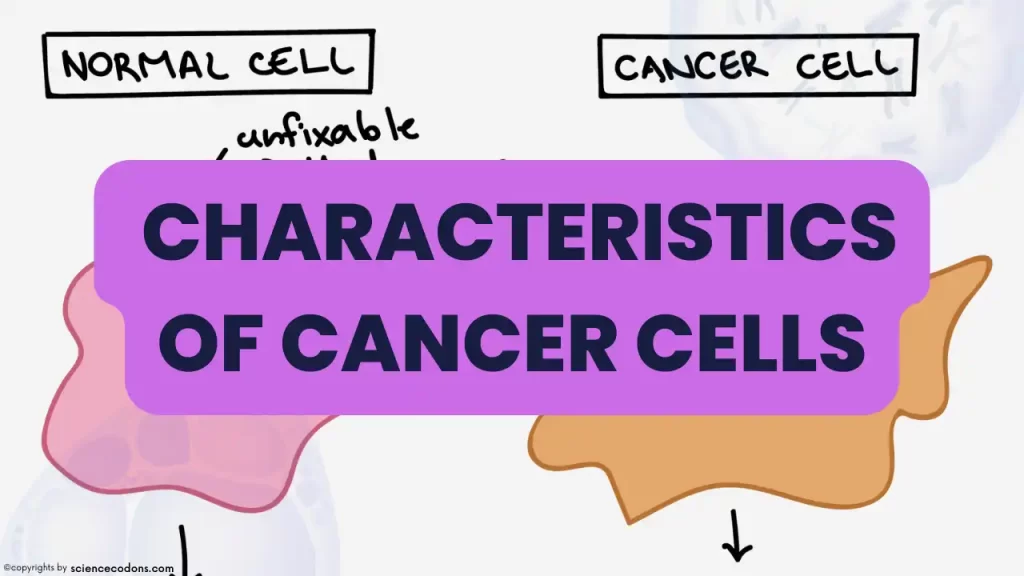
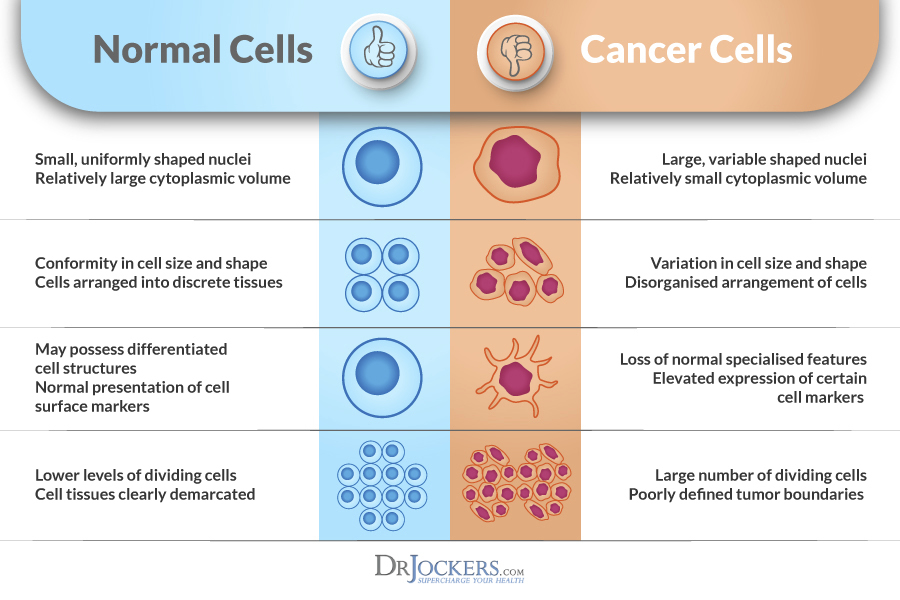
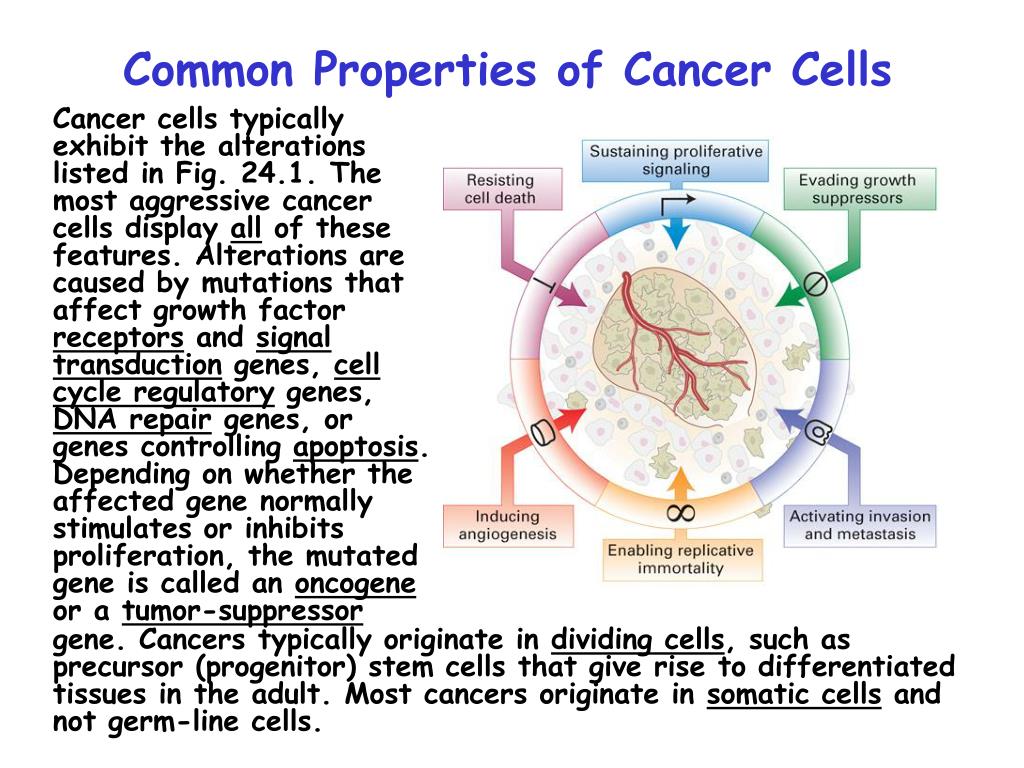
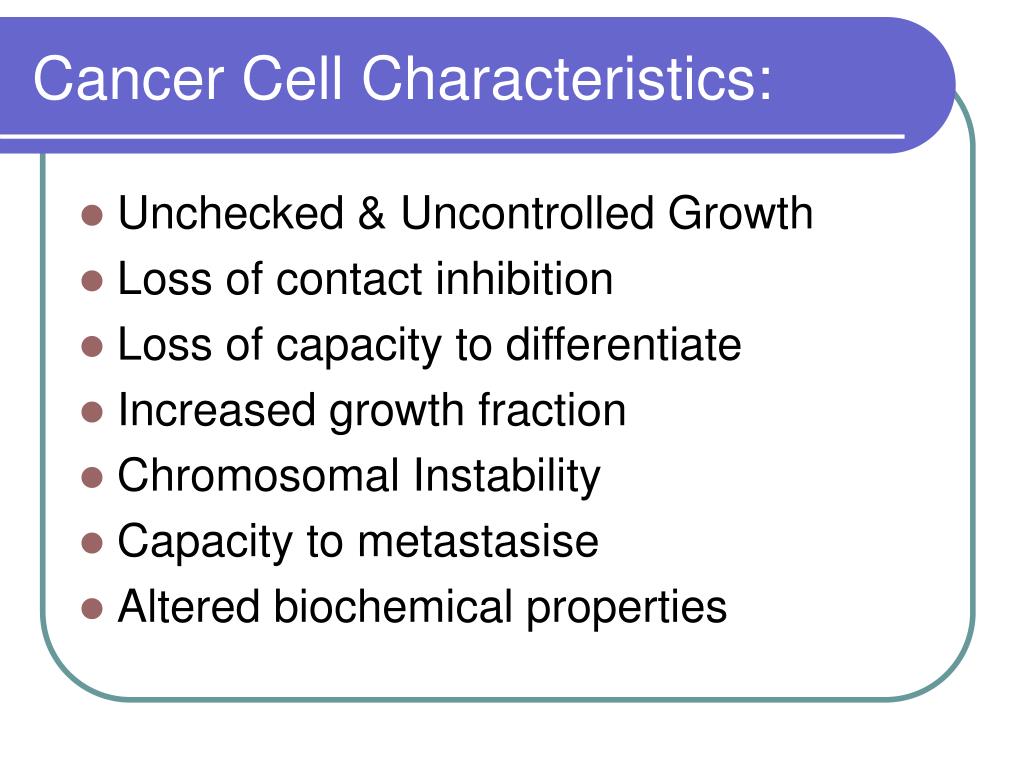
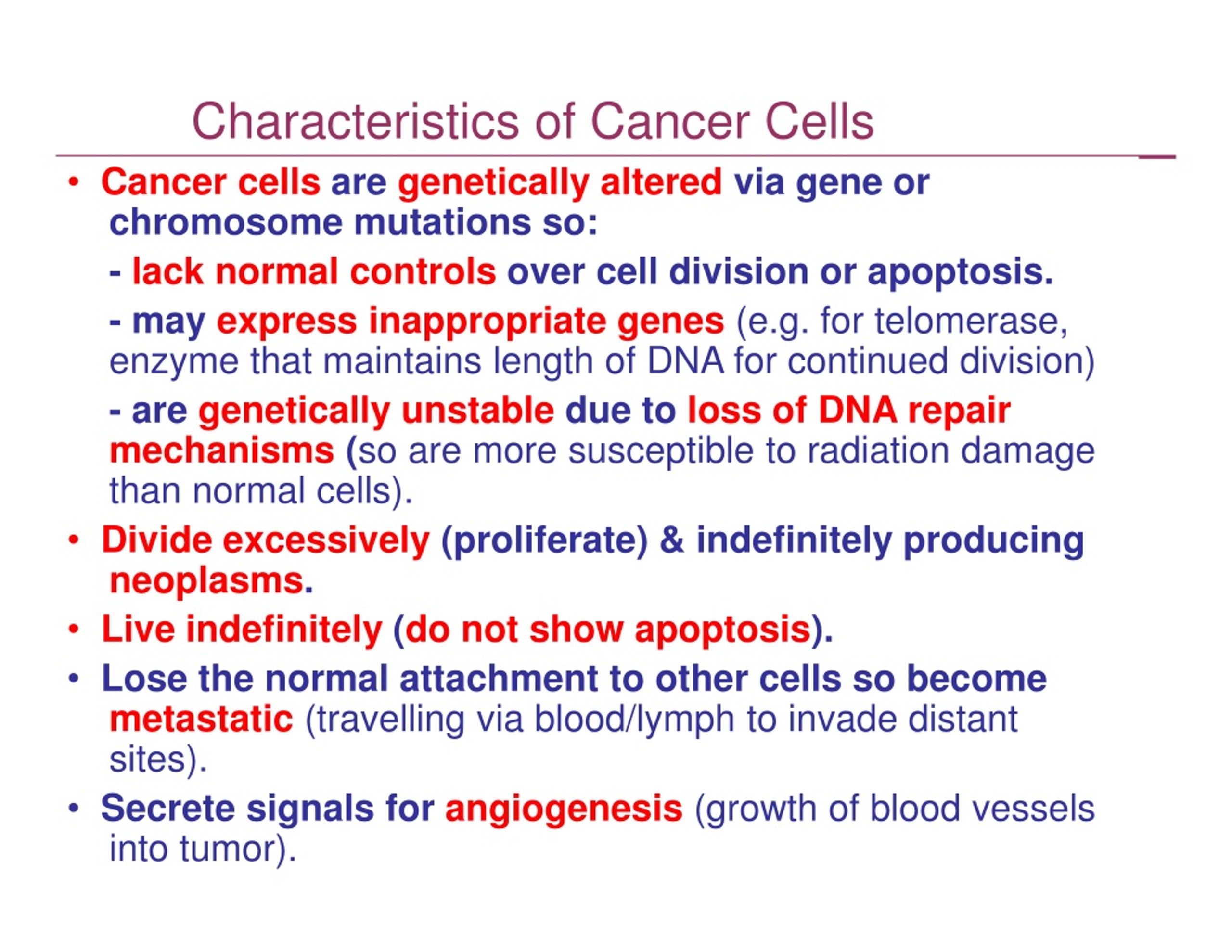

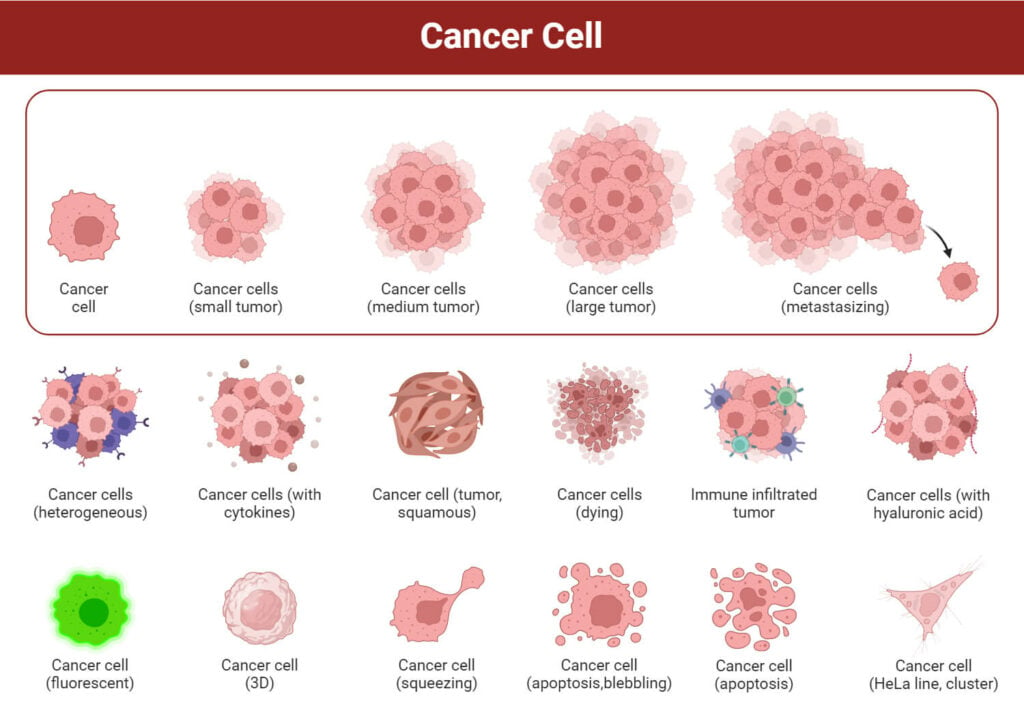

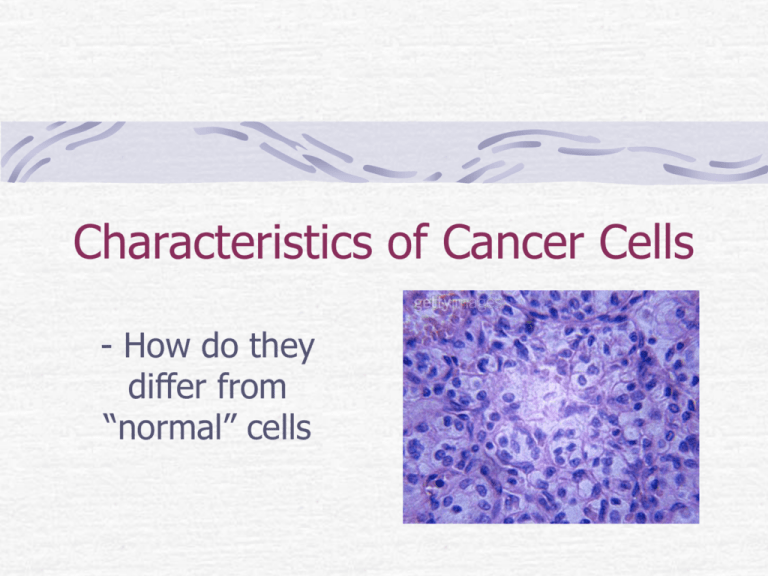
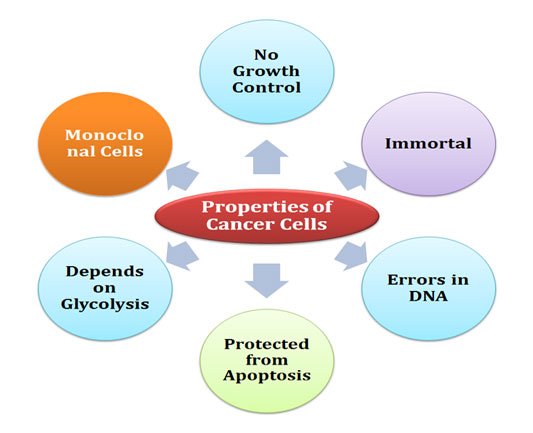
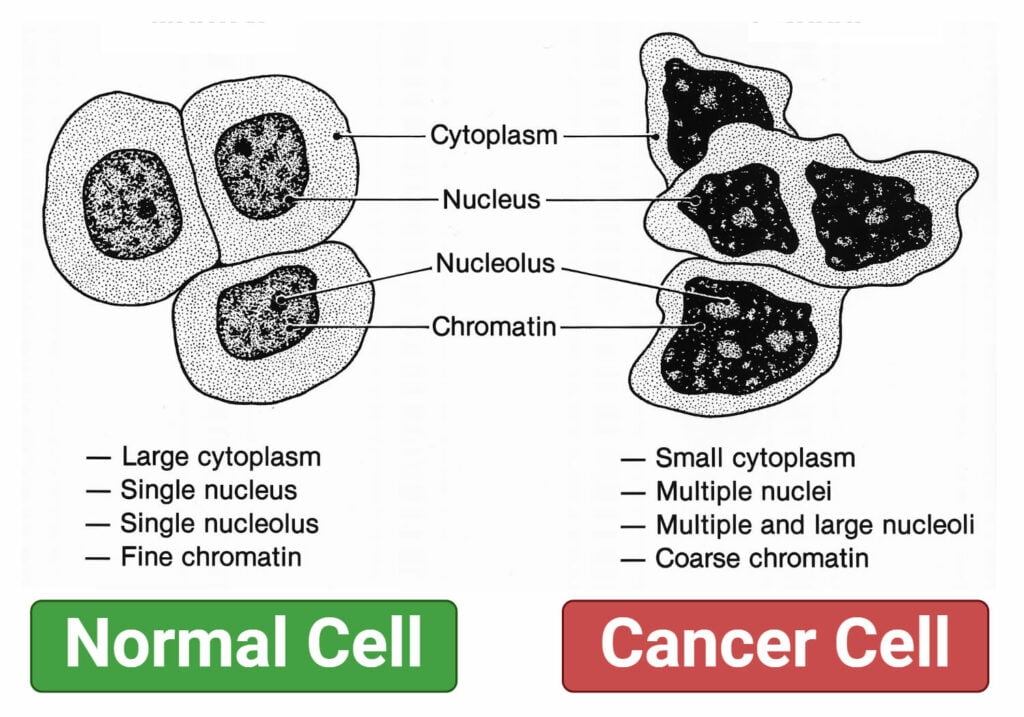
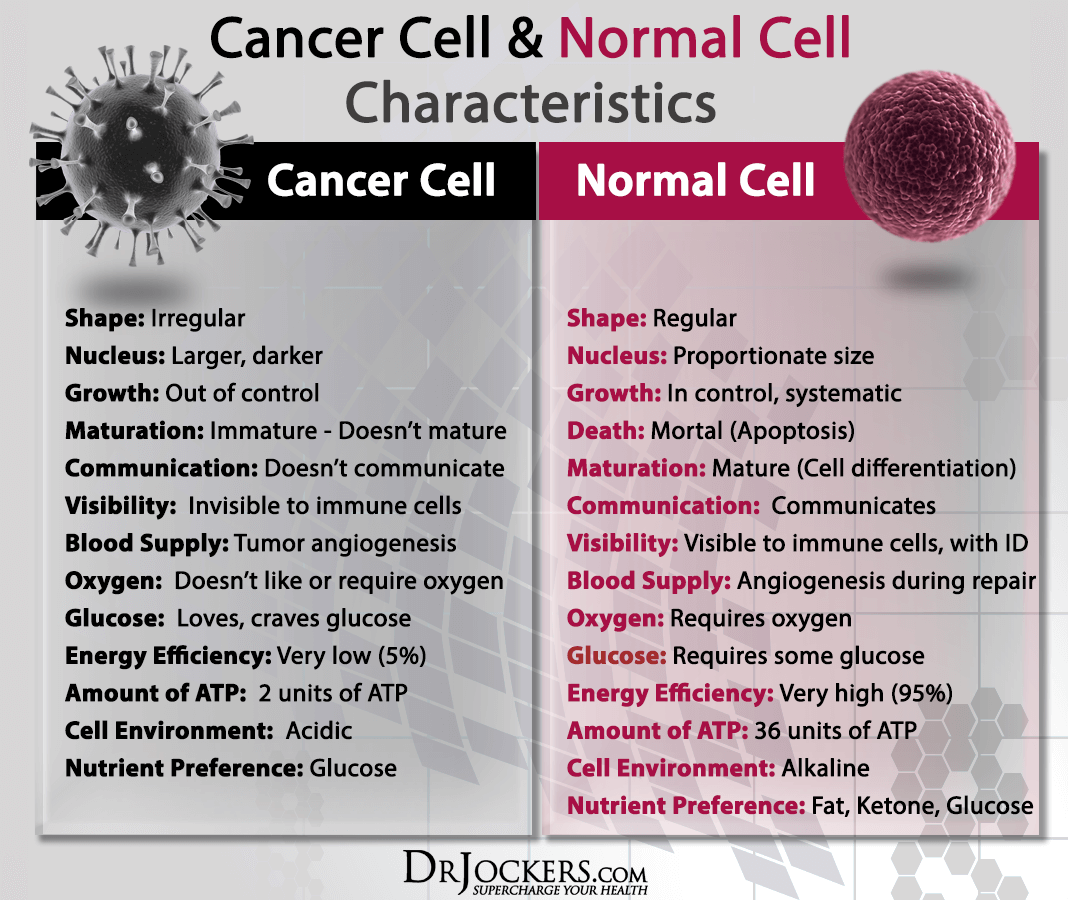
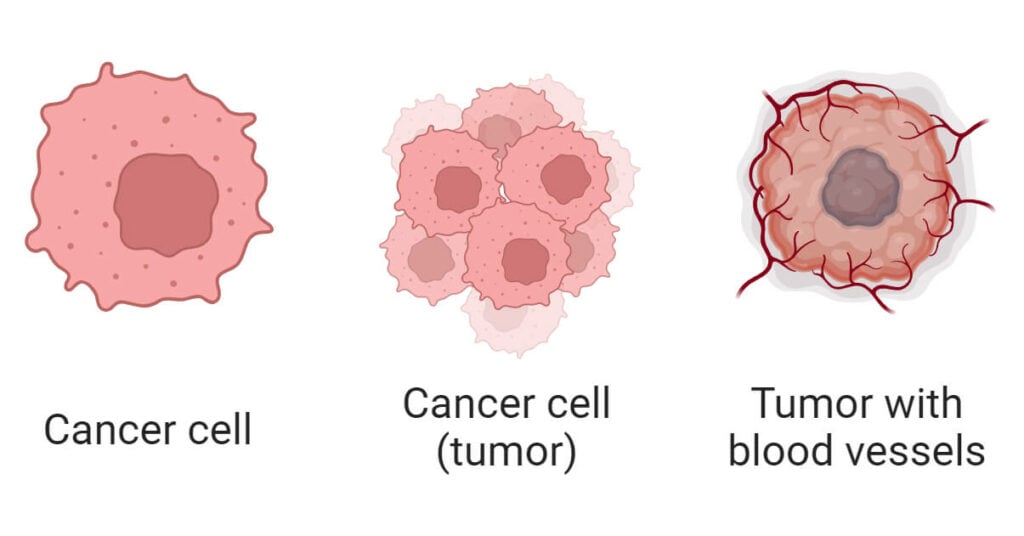

.jpg)

